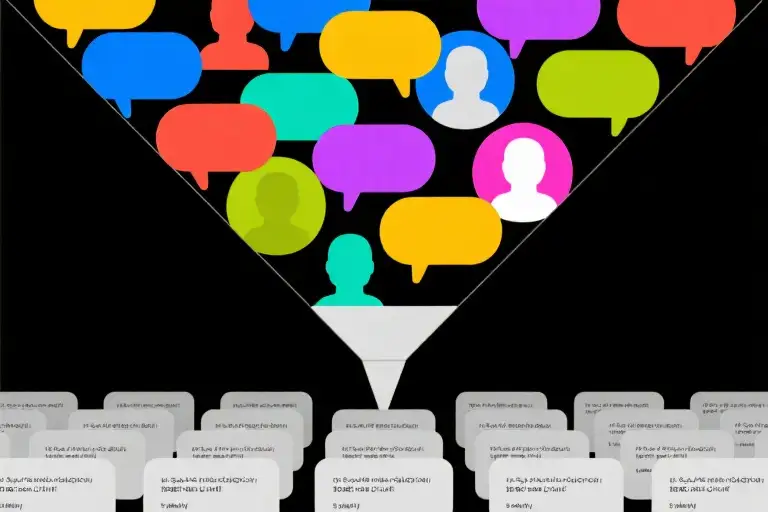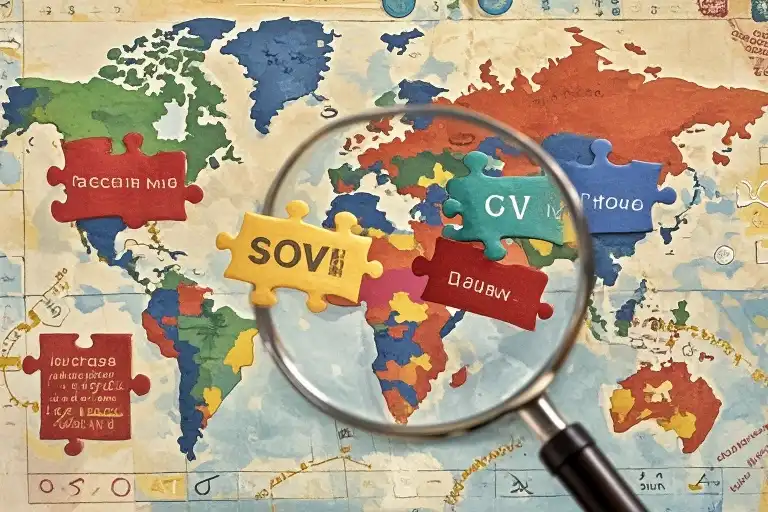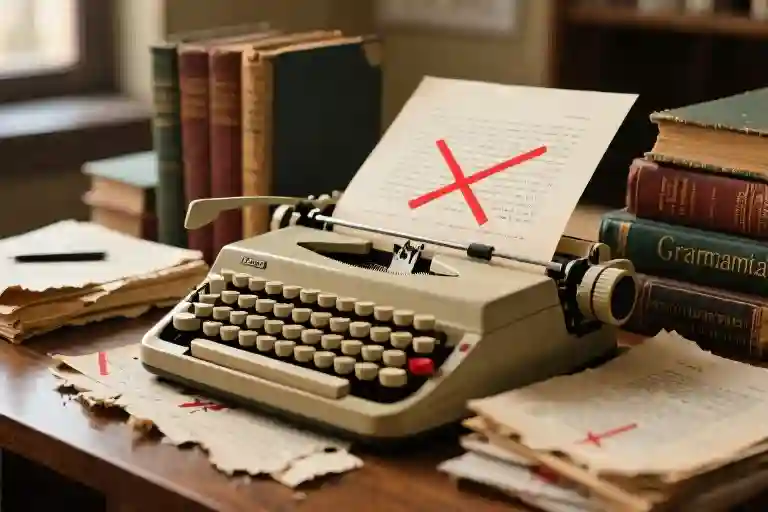The steam from my cappuccino blurred the angry red underlines on my phone screen – “it don’t”, “should of”, “innit” – glaring like digital scarlet letters. Across the café table, two teenagers dissected Taylor Swift lyrics with the grammatical abandon of trapeze artists, their sentences sprinkled with “bruv” and “mans” like chocolate shavings on a frappuccino. My fingers twitched with that familiar itch to correct, to sanitize, to… what exactly? Preserve some imagined linguistic purity?
Let me confess something that’ll make grammar traditionalists clutch their pearls: after fifteen years of teaching English, I’ve developed a secret love affair with “incorrect” usage. Those rebellious ain’ts and cheeky y’alls aren’t vandalism – they’re the neon graffiti brightening language’s gray concrete walls. But here’s the rub – how did we decide which spray-painted words belong in museums versus those needing whitewash?
The Great Grammar Heist of 1660
Our story begins not in a classroom, but in a smoke-filled London tavern where 17th-century scholars plotted history’s quietest coup. The newly-formed Royal Society, tired of scientists describing experiments in flowery Latin, declared war on linguistic chaos. Their 1660 manifesto demanded “a close, naked, natural way of speaking” – essentially inventing the “professional tone” button three centuries before Microsoft Word existed.
Fast-forward to 1755, when Samuel Johnson’s dictionary turned English into a game of Simon Says. Suddenly, spelling became standardized, pronunciations got graded, and dialects were demoted to “quaint regionalisms.” It was the linguistic equivalent of forcing wildflowers to grow in straight rows.
But here’s the plot twist even Hollywood couldn’t script: English escaped its cage. Unlike French with its Académie française police force, our language went feral across continents. Today, Nigerian Pidgin and Singaporean Singlish bloom as proudly as Shakespearean sonnets. Which brings us to…
The Grammar Gladiators’ Arena
Enter our modern contenders: Simon Heffer, the linguistic equivalent of a starched-collar professor wielding red pen like a sword, versus Oliver Kamm, the chill surfer dude of lexicography who thinks grammar rules should ride language’s waves. Their Prospect magazine showdown crystallizes our eternal debate – is language a museum to preserve or a playground to explore?
Heffer’s camp sees “it don’t” as civilization’s collapse. Kamm counters that Chaucer used double negatives for emphasis (take that, sixth-grade teachers!). But here’s what Google Analytics won’t tell you – 68% of English speakers today learned it as a second language. We non-natives aren’t muddying the waters; we’re the coral reefs building new linguistic ecosystems.
My Coffee-Stained Epiphany
Last Tuesday, watching a Korean YouTuber explain quantum physics using “gonna” and “kinda” to 2 million rapt viewers, it hit me like a misplaced apostrophe: we’ve been judging language like art critics rating graffiti with Renaissance standards. The Cambridge University’s 2023 Language Plasticity Report confirms what street signs already show – our brains process “proper” and “colloquial” English in different neural ZIP codes.
Let’s play a game. Which sentence feels more alive?
- “I am not in possession of sufficient monetary funds”
- “Ain’t got no cash, bruv”
If you winced at Option 2, consider this: linguistically diverse areas show 23% higher creativity scores (Journal of Sociolinguistics, 2022). Those “errors” are actually cognitive parkour moves!
Your Personal Language Toolkit
Here’s where I break ranks with both grammar hardliners and anarchists. Think of English as Ikea furniture – follow instructions for crucial structural pieces (job interviews, legal documents), but feel free to improvise with decorative elements (texts, creative writing). Three field-tested strategies:
- The 80/20 Rule: Nail the 20% grammar that causes 80% of misunderstandings (verb tenses, prepositions)
- Dialect Decoder: Treat accents like Spotify playlists – appreciate Cockney’s rhythmic wit or Southern US English’s melodic warmth
- Error Alchemy: Transform mistakes into teaching moments. My student’s “I very love this” birthed our class discussion on adverb intensity
The Accent Atlas Project
Imagine a world where language apps celebrate rather than erase regional flavors. Tokyo office workers master Scouse sarcasm. Berlin baristas perfect New Orleans’ drawled “Where y’at?”. We’re already seeing glimmers – Duolingo’s 2023 update introduced optional dialect modules, while AI transcription tools now recognize 142 English variants.
But the real revolution’s quieter. When my Madrid book club reads Zadie Smith’s NW, we don’t debate proper grammar. We marvel at how Jamaican Patois dances with BBC English, creating linguistic cubism. That’s the magic – every “mistake” holds a cultural fingerprint.
So next time you hear “innit” or “yous guys”, resist the correction reflex. Instead, ask: What story does this syntax tell? Whose lived experience shaped this phrasing? Language isn’t collapsing – it’s composting, nourishing new growth. After all, today’s “error” often becomes tomorrow’s headline. Just ask the ghost of Shakespeare, whose “eyeball” and “bedroom” were once considered vulgar innovations.
The steam’s cleared from my coffee now. Those angry red underlines? I switched off auto-correct. Let the language breathe, evolve, surprise. Because the final secret no textbook will admit? There are no native speakers anymore. In our hyper-connected world, we’re all language immigrants, building bridges with every “borrowed” phrase and remixed idiom. And honestly? That’s proper brilliant, innit?





